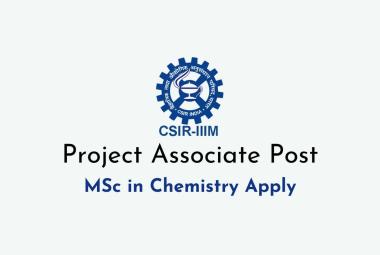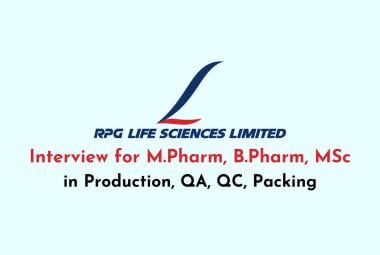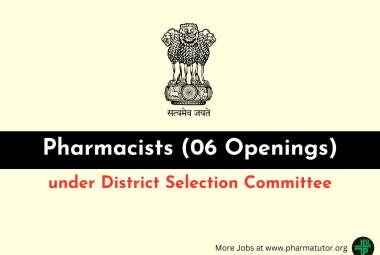Formulation and Evaluation of Atenolol Floating Microsphere
About Author: Mr. Patil Kuldip, Tekade B. W., Thakare V. M., Dr. Patil V. R.
T. V. E. S’s College of Pharmacy,
Faizpur (M.S.), India
Abstract
The purpose of this research was to prepare a floating drug delivery system of atenolol. In the present study, preparation of atenololfloating microspheres, evaluation of Floating Drug Delivery System (FDDS) in vitro, prediction of the release, and optimization of stirring speed and polymers ratio to match target release profile was investigated. Floating microspheres were prepared by solvent evaporation (Oil-in-water emulsion) technique using hydroxylpropyl methylcellulose (HPMC), Ethyl cellulose (EC) and Eudrajit S100 as the rate controlling polymers. Particle size analysis, drug entrapment efficiency, surface topography, and release studies were performed. Results showed that the polymer ratio and stirring speed affected the size, incorporation efficiency and drug release of microspheres (> 12 h), and the best results were obtained at the ratio of EC (1:3). The mean particle size of prepared floating microspheres increased but the drug release rate from the microspheres decreased as the polymer concentration increased. The developed floating microspheres of atenolol may be used in clinic for prolonged drug release in stomach for at least 12 hrs, thereby improving the bioavailability and patient compliance.
[adsense:336x280:8701650588]



 About Author:
About Author:





